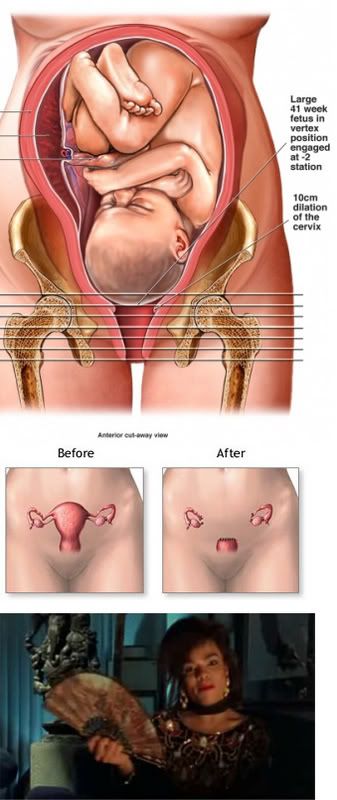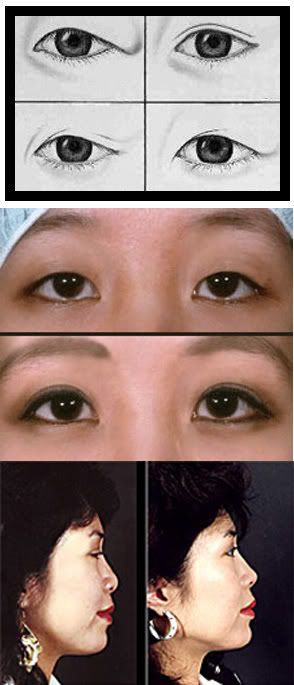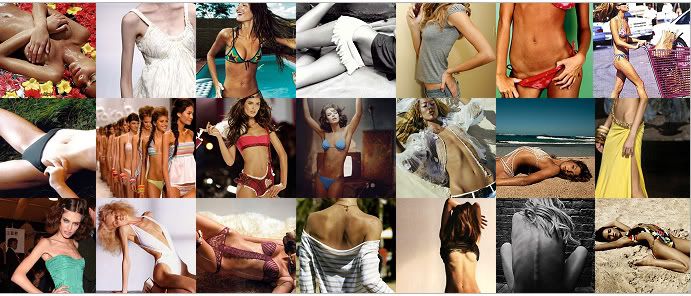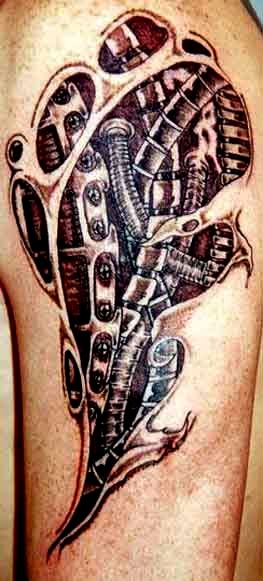
Gender is Burning: Questions of Appropriation and Subversion, p. 137 (Judith Butler, 1993)
"What becomes clear in the enumeration of the kinship system that surrounds the ball is nt only that the 'houses' and the 'mothers' and the 'children' sustain the ball, but that the ball is itself an occasion for the building of a set of kinship relations that manage and sustain those who belong to the houses in the face of dislocation, poverty, homelessness. These men 'mother' one another, 'house' one another, 'rear' one another, and the resignification of the family through these terms is not a vain or useless imitation, but the social and discursive building of community, a community that binds, cares, and teaches, that shelters and enables. This is doubtless a cultural reelaboration of kinship that anyone outside of the privilege of heterosexual family (and those within those 'privileges' who suffer there) needs to see, to know, and to learn from, a task that makes none of us who are outside of heterosexual 'family' into absolute outsiders in this film."
In the movie Paris is Burning, we are told that the original families of the drag queens are in some way unhealthy environments, or that the families in fact rejected the queens for being themselves. As a result, the drag queens create new families, which are not based on a man, a woman, and children, but instead a group of human beings in a mutual bond. Their houses have a "mother" who cares for the other members. It is clear from the film that the queens are happy in their drag families, that here, they feel accepted.
Similarly, in You Don't Know Dick, there are also mothers who do not look like the mothers that most expect. One scene in particular points out a daughter who is very upset that her mother will not come to her wedding dressed as her mother. She claims that this is the one day that she wants her to do this, and yet she will not do it. However, from the rest of her monologue, it is clear that she is consistently upset by her mother's transition. Many people in class thought that this seemed reasonable, that her mother was betraying her role. However, as is evidenced in Paris is Burning, and with other parent-child relationships in You Don't Know Dick, it does not take a female body to be a mother.
This would perhaps raise the question of reproduction, and how of course one needs female "parts" in order to have children. But what, then, of women who have had hysterectomies, as in the image in the middle? Are they any less mothers? We have questioned even whether sex should be tied to the body, so why are we stuck tying motherhood to it as well? And what, then, about intersex infants who are raised as females? Everything external about such individuals fits the definition of "female" and "woman," except perhaps, for example, a lack of menstruation due to gonadal sex (undescended testes, which go undetected until the lack of menstruation prompts medical evalutation) (Androgen Insensitivity Syndrome). Would it be just as taboo for such a woman to adopt children and mother them, or would it be okay simply because society has recognized her as a woman despite her lack of internal female structures?
It is surprising to me that anthropologists could be so critical of the families portrayed in Paris is Burning and You Don't Know Dick. In my anthropology class in high school, we spent an entire unit learning about kinship systems, and all the different ways that families could be structured. At the time it was indeed confusing as it contradicted so much of what we knew. However, how are these two examples any different from the kinship systems of other cultures? Besides, of course, in the ways that these examples and the other cultures are different from ours.
Image Sources:




 əˌfaɪ
əˌfaɪ









